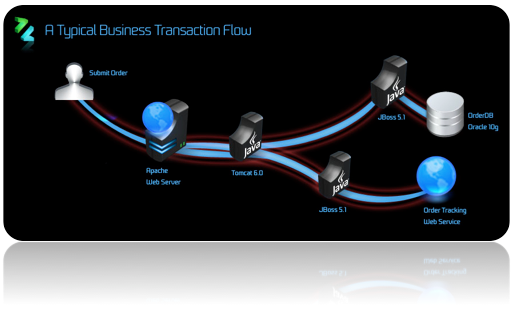You will need to think carefully, which matters apply to you and how you will have to implement them.
This is not a silver bullet, but a mental exercise.
Deployment and Infrastructure
- Use distributed architectures appropriately. Do not introduce distribution unnecessarily!
- Carefully select appropriate distributed communication mechanisms.
- Locate components that interact frequently within the same boundary or as close to each other as possible.
- Take infrastructure restrictions into account in your design
- Consider network bandwidth restriction
- Identify resource restrictions.
- Ensure your design does not prevent you from scaling up.
- Ensure your design does not prevent you from scaling out and it uses logical layers, does not unwittingly introduce affinity, and support load balancing!
Coupling and Cohesion
- Ensure your design is loosely coupled.
- Exhibit appropriate degrees of cohesion in your design and group together logically related entities, such as classes and methods.
Communication
- Interface do not enforce chatty communication.
- Ensure your application only makes remote calls where necessary. Impact is minimized by client-side validation, client-side caching, and batching of work.
- Optimize remote data exchange.
- Choose appropriate secure communications mechanisms.
- Use message queues to decouple component parts of your system.
- Mitigate the impact of long-running calls by using message queues, “fire-and-forget” approaches, and asynchronous method calls.
Concurrency
- Watch out which types you use. Many basic types have locking behaviour. Example HashMap, instead when in doubt, use Concurrent(HashMap).
- Carefully consider lock granularity. Synchronised(writes > reads) or locks (reads > writes).
- Ensure your application acquires shared resources and locks late and releases them early to reduce contention.
- Choose an appropriate transaction isolation level.
- Ensure your application uses asynchronous execution for I/O bound tasks and not for CPU bound tasks.
Resource Management
- Ensure your design supports and makes effective use of pooling.
- Ensure your application acquires resources late and releases them early.
Caching
- Use caching for data that is expensive to retrieve, compute, and render.
- Cache appropriate data such as relatively static Web pages, specific items of output data, stored procedures parameters, and query results.
- Do not use caching for data that is too volatile.
- Select an appropriate cache location.
- Select an appropriate cache expiration policy.
State management
- Your design favors stateless components. Or, you considered the negative impact of scalability if you decided to use stateful components.
- If you use Web services, you also use a message-based stateless programming model.
- Make objects you want to store serializable.
- Consider performance impact of what you put in your session.
- Use statistics to help you, get your thread pool and sessions duration wright.
Data structures and Algorithms
- Ensure your design uses appropriate data structures.
- Use custom collections only where absolutely necessary.
Data Access
- Pass data across the layers by using the most appropriate data format. Carefully consider the performance implications.
- Use stored procedures for complex data access.
- As rule: Don’t use loops, when accessing data with your ORM(example hibernate).
- Only process the data that is required. (Less is more)
- Where appropriate, provide data paging solution for large result sets.
Exception Handling
- Do not use exceptions to control regular application flow.
- example: if you control a Single Sign On system, when the user mistypes his password. This is a normal flow!
- Structured exception handling is the preferred error handling mechanism. Do not rely on error codes.
- Only catch exceptions for a specific reason and when it is required.
Monitoring
- Implement monitoring in your application, that can be turned on and off. When turned of this should have zero impact.
- Implement Application Monitoring. Showing you where time is being spend in your application
- Implement User Performance Monitoring. This will let your see where the user is spending his time.
- Allow tracing over multiple tiers.
- Automatically monitor slow request.
- Implement sampling of your data. This will lower the impact when you need to monitor your application.
- Use the statistics for your monitoring, when you are thinking of making adjustments to your architecture.
Common Sense
Use it!This checklist originated/(largely based) from the Microsoft best practices. Please continue reading there. It’s a very good site with lots of help full tips, while being only slightly outdated. This show that performance is not technology specific.

















